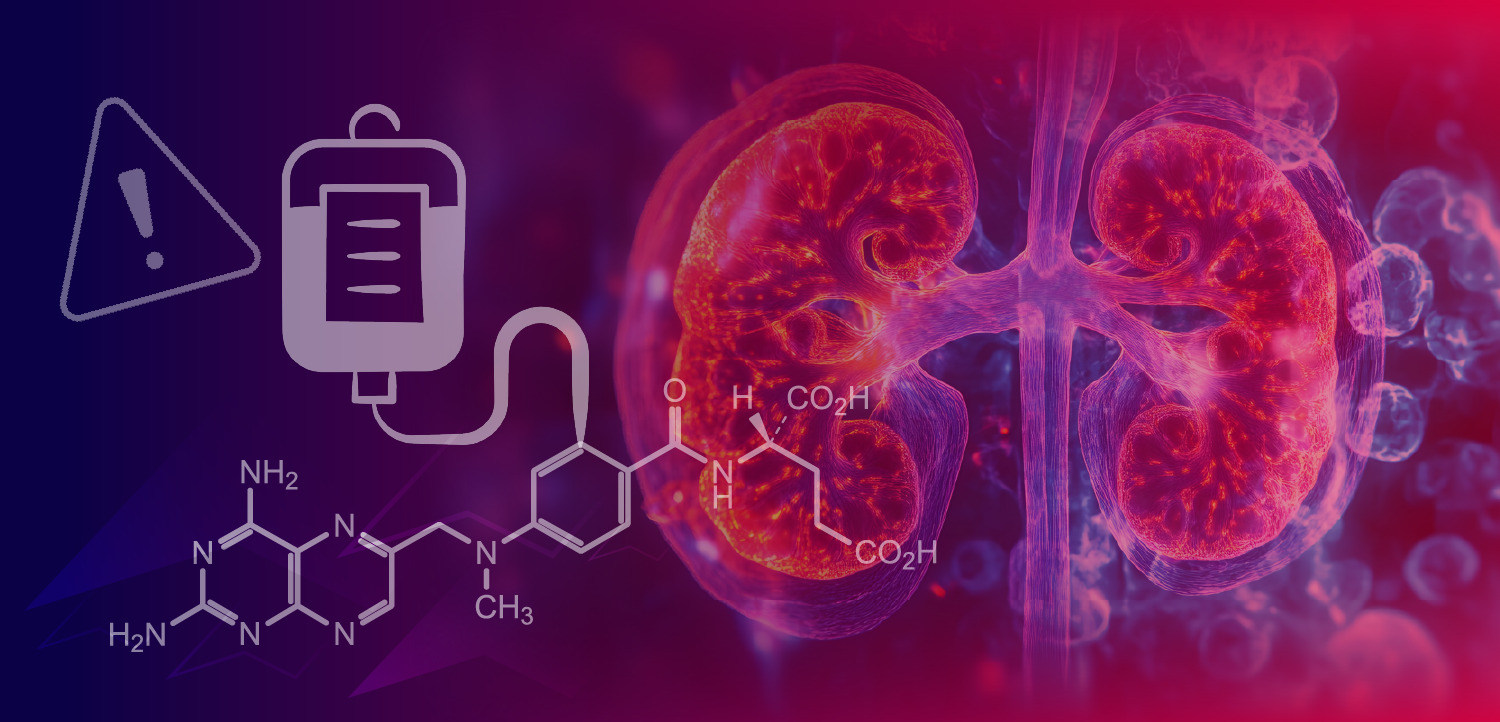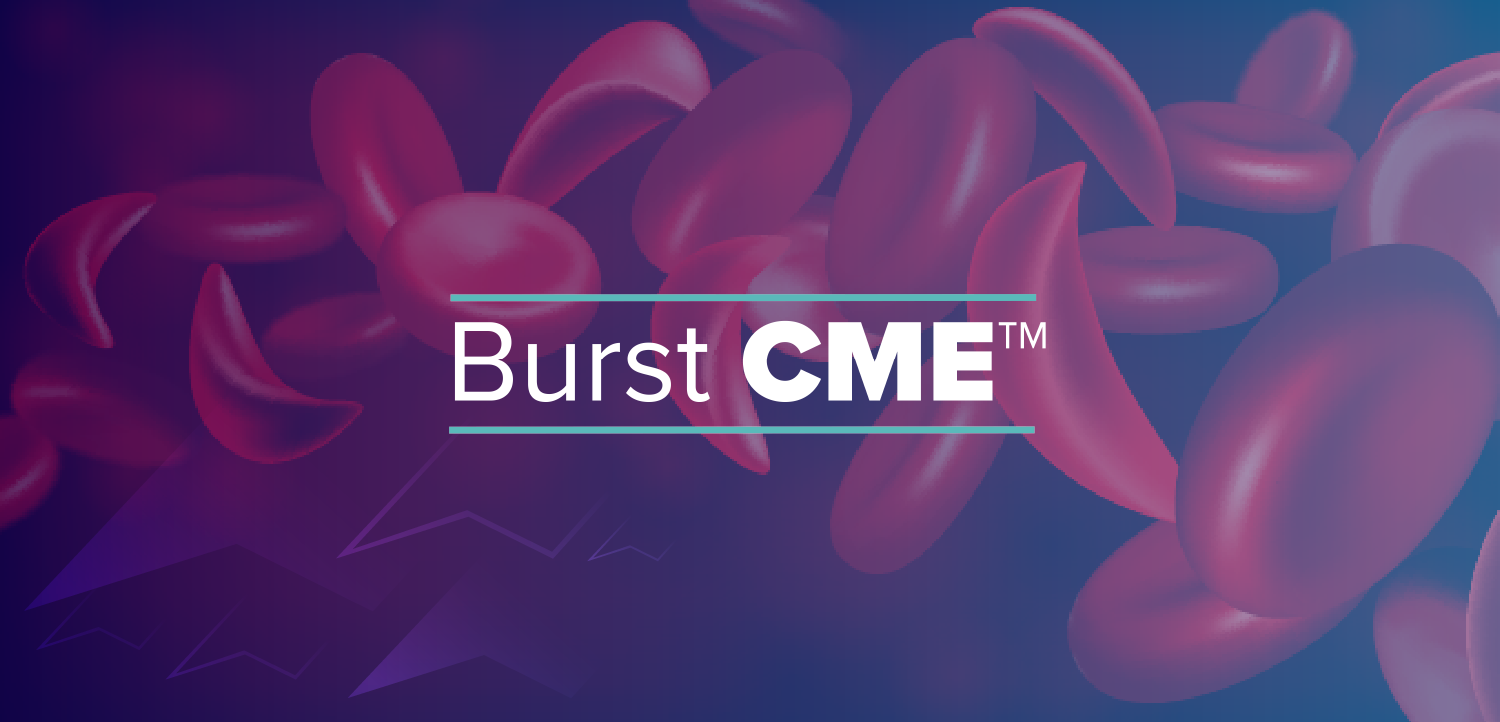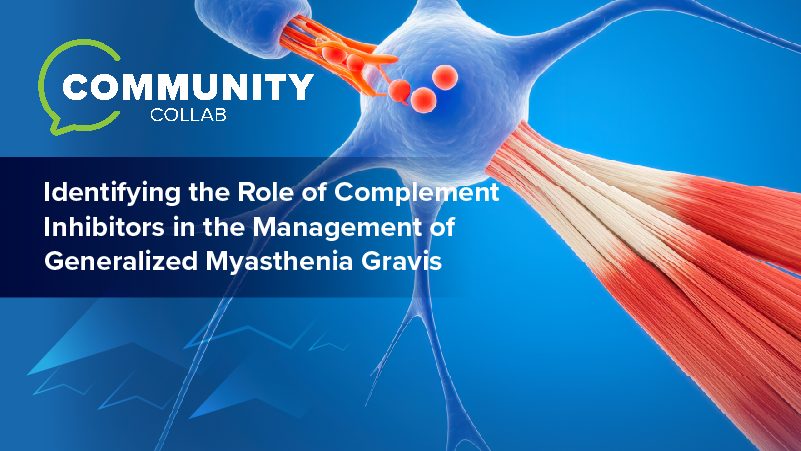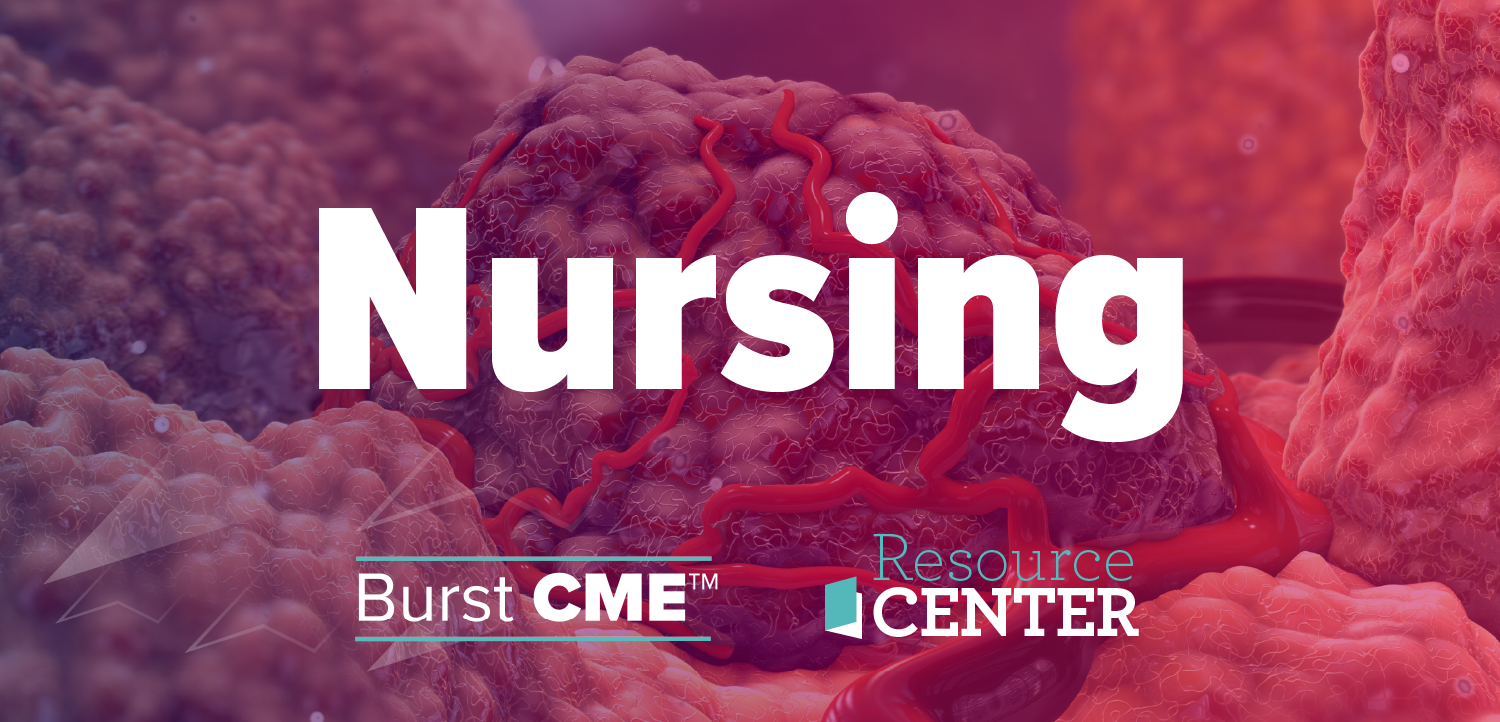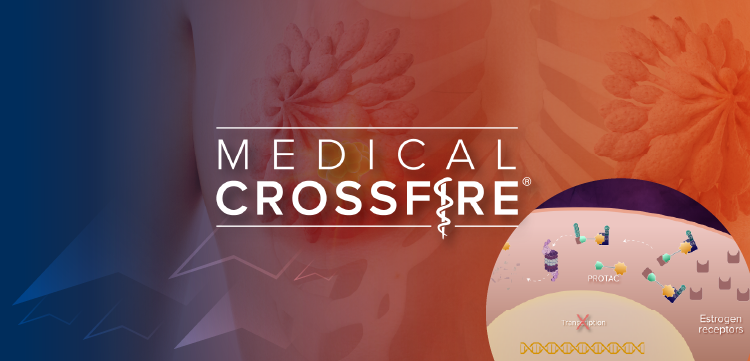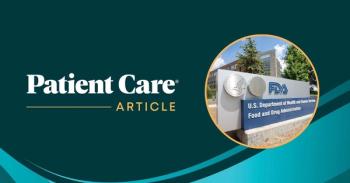
Assessing Aspirin: 8 Questions on Primary CVD Prevention
To Rx or not to Rx aspirin - is one of our 8 questions based on new research that highlights costs vs benefits of aspirin therapy.
The simple little white pill has made medical and consumer headline news for weeks. Find out what you know about the history, the study outcomes, the recommendations, and patient selection for aspirin use in primary prevention of cardiovascular disease with our 8-question quiz.
Question 1.
Answer: A. True. Based on major studies completed since the 1980s, the American Heart Association (AHA) and US Preventive Services Task Force (USPSTF) adopted recommendations for the use of aspirin in primary prevention of cardiovascular disease (CVD), particularly for high-risk individuals (5-year CVD risk ≥3%). Aspirin has since been a commonly used medication, with an estimated 40% of US adults aged >50 years using aspirin for primary prevention of coronary events.
Question 2.
Answer: A. The JUPITER Trial. The major primary prevention studies completed between 1988 and 2001 included the
Question 3.
Answer: B. False. Currently, the USPSTF (2016)
Question 4.
Answer: C. Ischemic stroke. Aspirin is the only antiplatelet agent that has been established as effective in the early treatment of acute ischemic stroke. The primary risk associated with aspirin use is bleeding (options A, B, D, E), a result of its antithrombotic effect.
Question 5.
Answer A. True. In the
Question 6.
Answer: A. 54-year-old man with diabetes and 10-yr ASCVD risk >10%. With diabetes and estimated ASCVD risk >10%, he is in a group that has realized a net benefit from daily low-dose aspirin. In the
Options B and C: Patients older than age 70 years have not been shown to benefit from aspirin for reduction in major adverse CV events in the primary prevention setting. In fact, the
Question 7.
Answer: C. 65-year-old woman with multiple CV risk factors and ASCVD risk >20%. With estimated ASCVD risk >20%, she is in an aspirin benefit group.
Options A and B. These patients are not clearly in groups likely to derive CV benefit from aspirin and are at increased risk for bleeding.
Question 8.
Answer: A. 75-100 mg daily or every other day. Low-dose aspirin (75 to 100 mg) taken every day or every other day is recommended for primary prevention. In the United State, 81 mg daily is often used. While recent studies (ASPREE, ARRIVE, ASCEND) used 100 mg of daily aspirin, the 2005
Source: Meyer J, Arps K, Blumenthal RS, Martin SS. New data on aspirin use in the era of more widespread statin use. American College of Cardiology Web site.
Newsletter
Enhance your clinical practice with the Patient Care newsletter, offering the latest evidence-based guidelines, diagnostic insights, and treatment strategies for primary care physicians.
















































































































































